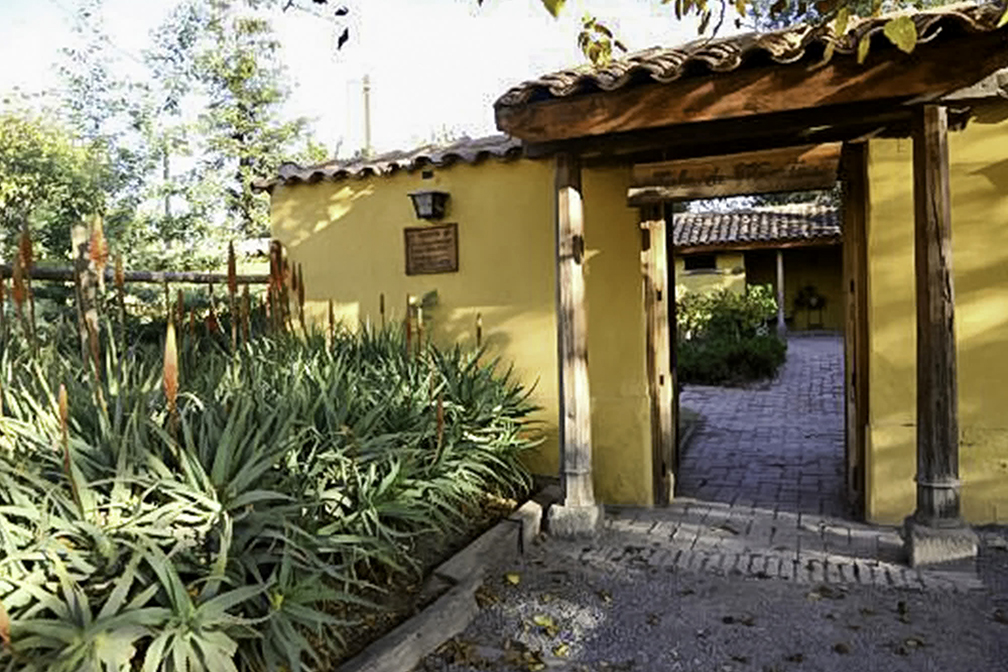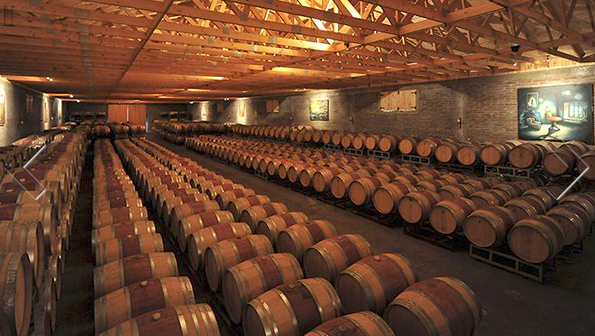Deep ruby color; cherry, raspberry, oak, olive on the nose; black cherry, black currant, fig, baking spice, blueberry, plum on the palate.
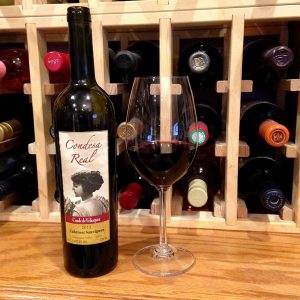
Dry; well-behaved tannins, excellent acidity (3.58 pH); very smooth, interesting layers, nicely balanced. Blend of cabernet sauvignon, syrah, and merlot; the 2013 vintage likely has 70% or more cabernet sauvignon to have cab on the label; more recent vintages of this flagship premium blend from Conde de Velázquez are more balanced among the three grapes.
Fermented in stainless steel, then aged 14 months in French oak. Grapes comes from the San Esteban vineyard in the foothills of Cerro Aconcagua in Chile. The wine is named after Condesa Real, the great love of Conde de Valázquez and a legend in the Aconcagua Valley. Previous vintages—called “Premium Blend” when the cab does not dominate—has been more rustic. This is more sophisticated and svelte, making it a very, very easy drinker. The five years of bottle age likely assisted in the mellowing. In its youth, I likely would have decanted, but this was delicious on the pop and pour.
Conde de Valázquez continues to rise as a Chilean maker of note, upping their game each year. Conde wines have been made by Viña San Esteban in the central Aconcagua Valley since 2002. They are available in the United States as a result of interesting joint venture between Agricola Del Conde of Santiago, Chile, and WTWM Imports of San Angelo, Texas. WTWM is abbreviation of West Texas Wool and Mohair—San Angelo has long been center of wool and mohair business in the United States (and the world) and WTWM has done business in the wool and mohair industry in Chile for decades. Importing is importing, thus the unexpected connection with Agricola Del Conde and a major hides and hair operation in west-central Texas.
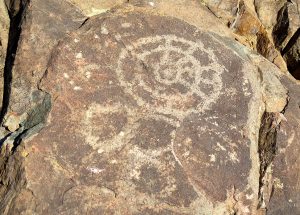
Viña San Esteban is located near the hillsides of Paidahuen (“Good Place” in the native tongue). The hillsides are covered with rock drawings and petroglyphs. In interesting coincidence, San Angelo is located 30 miles west of the Painted Rocks, a major site for Native American rock art in Texas. José Vicente purchased La Florida and Paidahuen estates for grape production in 1974. Twenty years later, José’s son, Horacio Vicente Mena—a winemaker trained in California and Bordeaux—joined his father to add winemaking to the grape growing enterprise.
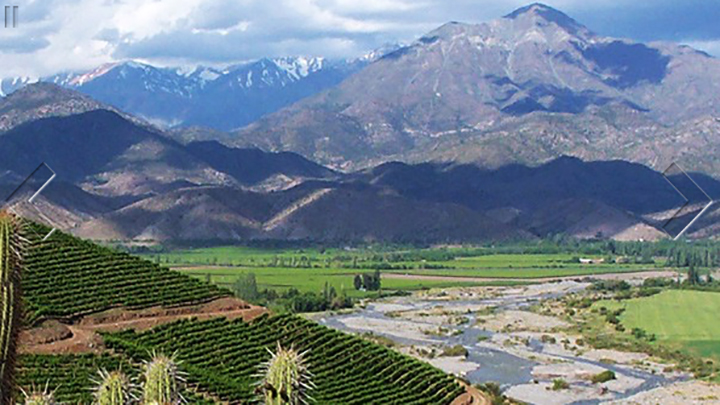
Viña San Esteban is a pioneer in hillside vineyard plantings. The Aconcagua’s riverbanks provide soil composed of drift stones and fragments of rock from the Andes. The light texture of the soil regulates water retention and excess vigor, encouraging the concentration of aromas and flavors in grapes, all of which reflect in Conde wines.
Conde de Velázquez Condesa Real Cabernet Sauvignon 2013 is exceptionally smooth easy drinker with welcomed layers and depth. Conde is a breakthrough wine for Conde de Velázquez; the 2012 vintage scored 91 on Wine Enthusiast, and subsequent vintages have maintained that momentum. Pair with red meats, but this is smooth and mild enough to pair with fare that works with pinot noir. The mild tannins mean it will not do as well with heavily marbled, rich red meats, but will be nice with lamb and pork. $27-31
